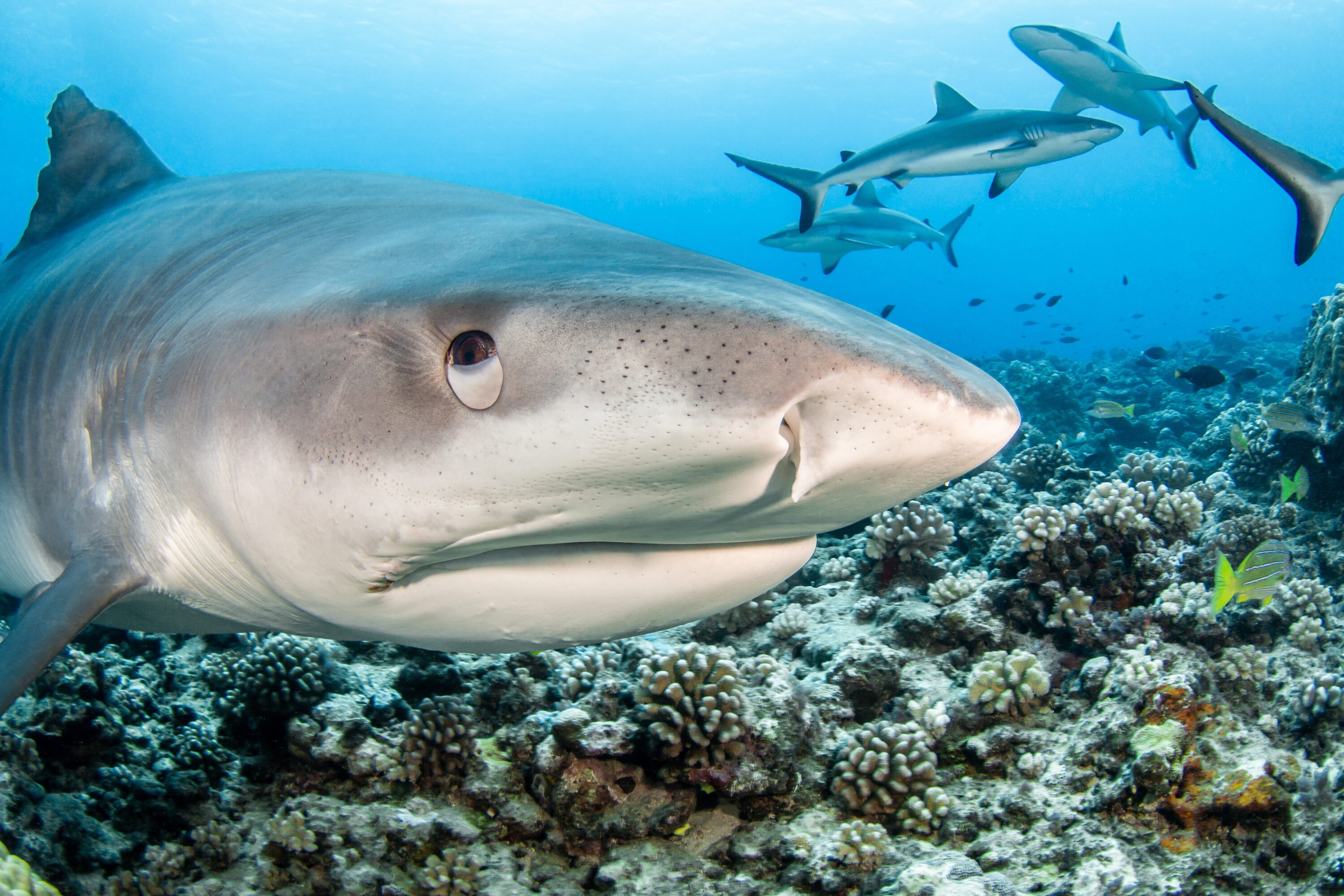Creating a Conservation Hub: The Origin Story of the Shark Conservation Fund
For decades, sharks sparked our imagination – but that fascination rarely translated into meaningful protection. Long perceived as dangerous predators or simply as food to be exploited, sharks were largely overlooked as their populations continued to collapse.
By 2010, a growing coalition of NGOs, scientists, and philanthropists recognised that sharks were in serious trouble, and that their decline was a warning sign for the decline of the overall health of our ocean. In response, seven NGOs came together to push for shark protections under the Convention on International Trade in Endangered Species of Wild Fauna and Flaura (CITES). Until then, sharks had little to no safeguards under global treaties, despite mounting evidence that fishing to sustain the international fin trade was driving many species towards extinction. Getting sharks on the global conservation agenda was a critical turning point – proof that collaboration could drive real change.
At the same time, philanthropists throughout the conservation community were asking the hard questions:
Where should efforts to save sharks and rays begin?
What are their most urgent threats?
Which regions and species need targeted attention?
And how can we coordinate these efforts to achieve lasting, global impact?

Photo © Tropicalens | Shutterstock
From those questions, the Shark Conservation Fund (SCF) was born.
Founded in 2016, SCF unites philanthropists and partners around a shared global strategy to halt the overexploitation of sharks and rays, prevent extinctions, and restore populations. Acting as both a catalyst and a convener, SCF supports innovative science, policy change, and advocacy – filling gaps, aligning priorities, and amplifying the collective impact of shark conservation on the health of our oceans.
Since its founding, SCF has supported groundbreaking science, including tracking the species composition of the global shark fin trade, updating the IUCN Red List of Threatened Species, producing the landmark Ecological Role of Sharks study, and mapping Important Shark and Ray Areas – research that now underpins conservation strategies worldwide.
Building on the momentum from CITES, SCF and its partners pushed for stronger protections. In 2022, over 90% of the species targeted by the global shark fin trade received trade protection. And at the upcoming CITES Conference of the Parties this November, proposals are on the table that, if adopted, would extend sustainable trade management measures to 96% of the fin trade and 70% of the meat trade and, for the first time ever, completely ban the commercial trade of some critically endangered shark and ray species.
Recognizing that shark conservation is a powerful solution to the broader ocean health crisis, SCF helped establish 17 new protected areas for sharks and rays, protecting over 20,000 km² of their habits. With efforts to protect 26 more sites underway, that number is set to grow to over 114,000 km², a major step forward for not only sharks, but for entire ocean ecosystems. Because sharks are often the most vulnerable species within any given ecosystem, measures that protect them ripple outward, protecting species across the entire protected area and beyond.
In less than a decade, SCF has granted nearly $46 million in support for over 177 projects, uniting more than 100 partners, including the Save Our Seas Foundation, across 89 countries and territories to protect sharks and rays and restore ocean health.
Beyond the numbers, SCF changed the way the world thinks about ocean conservation, positioning sharks not as a separate concern, but as central to the resilience of marine ecosystems and a vital indicator of ocean health and recovery.
Learn more about our work here.
